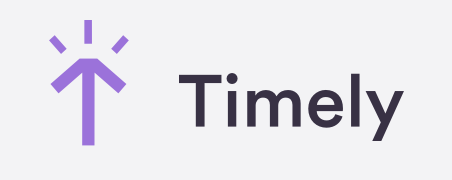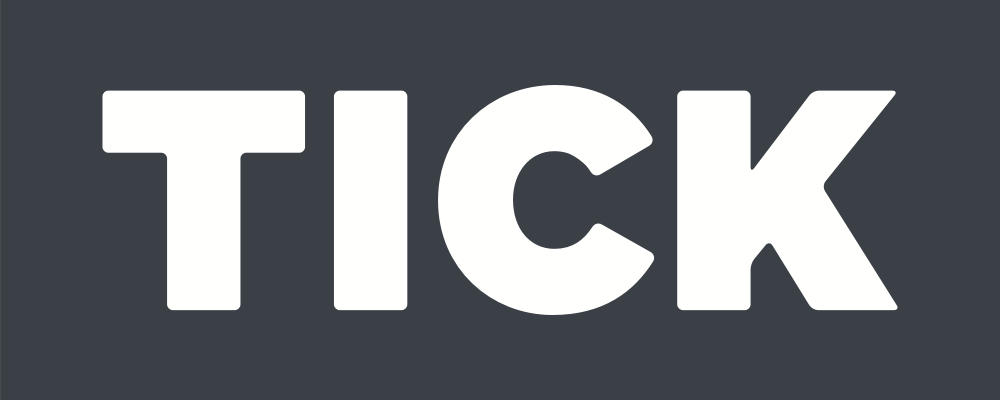How Time Tracker Can Make You Better at Predicting the Future
Foresight is a must-have quality for top managers, but you don’t have to exhibit it only through big industry-changing decisions. Small predictions are just as important for running a business successfully and we’ll show you how a humble time tracker can help you with this!
Predicting the future isn’t just a superstition reinforced by fortune-tellers. You, as a company owner or an executive, know this better than anyone. Don’t the majority of business success stories begin with ‘Once upon a time, there was a manager who was able to anticipate the next industry trend’?
Making such business-changing predictions is outside the scope of this humble little blog. We’ll leave changing the world to the professionals - you. Our contribution is of a much more modest and smaller-scale nature, but nevertheless, you’ll find that being able to predict small things can help make the management more effective and efficient.
And you know what that means? More time and resources for the big things!
Having said that, let’s begin our journey into the future on which your guide will be a very simple, affordable and easy-to-use time tracker.
Basically, the way it works is this: Time monitoring app tracks how long employees spend on productive and unproductive apps. Based on this data, you get trends that can offer you a glimpse into what the future will very likely look like if we make a reasonable assumption that the patterns are probably going to repeat.
So, without further ado, here are four informed future predictions you can make based on the insights that time tracker provides:
1. Time on Tasks/Projects
This is easy to do without the software if you have a small company with very focused range of services and types of projects you take on. Then you know approximately how long it took you to finish each type of task the last couple of times, so you’ll know how long you’re likely going to need the next time.
But the problem arises when you have a lot of employees divided into many departments and with many different kinds of projects coming your way. There’s no way for you to keep track of everyone’s past progress. This is where time tracker comes in.
Since your work time log app measures time on each task and project, all you have to do if you want to know how much time the next project will take is look at the past data.
This information is critical for setting appropriate expectations for your teams and also for assigning deadlines to future projects.
2. When Everyone’s Going to Be in the Office
With flexible working hours taking over the throne from traditional 9-to-5 jobs, it’s becoming increasingly hard to predict with absolute accuracy when your whole team is going to be at work tomorrow.
So, let’s say you want to have an office meeting next Tuesday. The safe bet would probably be to schedule it for 1pm, but what if you have other things on your agenda in the afternoon? If you forcibly schedule it for 9am, you risk half of your employees not showing up on time. Or showing up half-asleep.
Even with the flexibility, people are creatures of habit. Which means that if your employee clock in and out software records that everyone tends to be active by 11am at the latest, you can be fairly sure that they’ll all be in the office by 11am tomorrow as well.
You can go one step further and try to discover patterns based on the day of the week - are your employees going to leave home early on Friday? Will they come to work a little later next Monday? This is useful data when it comes to deciding when to hold meetings or client reports, for example.
3. When Productivity Will Peak or Drop
Now, this is something you really can’t measure by observation. But you can with a time tracker, which provides specific and accurate productivity reports which tell you when an employee is productive and when their focus typically starts to drift away.
And again, this is something that creates a pattern which you can use to predict when employees, or even entire teams, will be at their most productive and when they’re maybe better off not working at all. When looking at these productivity stats, however, you need to take more things into consideration. Someone might be having a bad day or a sudden outburst of inspiration - these things will jump out of the pattern and you have to account for them.
But do this right, and you’ll be able to predict your team’s natural productivity rhythm. This way, you’ll know which time of day is best for assigning the most important tasks. But you’ll also be able to estimate when the employees should be sent off on a lunch break.
4. Which Software You Aren’t Going to Need
Now, this is a handy one. Remember that we said that an employee time clock program works by detecting apps and websites your workers use? Well, you can use this data for more than gauging productivity.
If you’re a big company, you probably have a bunch of professional software that you’re paying for. But employees might have gradually stopped using some of them because the new and better software has come out, they started doing the tasks differently or your clients just don’t ask for that service as much any more.
An easy time tracking solution will be able to show you which apps are used the least and the ones that the software doesn’t detect - they’re not used at all. Either way, you’ll be able to see the decline in software popularity early and save a lot of money on licences for apps and programs nobody’s using.
Conclusion
Being able to predict what the future will look like is a mighty power to have in the corporate world, even if it’s on a microlevel. And a tool such as time tracker can be your best ally in informing your decisions on when to have meetings, when to assign tasks, how to set deadlines and more. Free from the shackles of racking your brain over small managerial issues, you can focus on getting your company closer to success.
¿Está listo para tomar el control total de su lugar de trabajo?
Pruebe la solución más sencilla hoy mismo...
Prueba Gratis.svg)





























%20(1).png)
.jpg)

.png)

.png)



%20(1)%20(1).png)
%20(1).png)